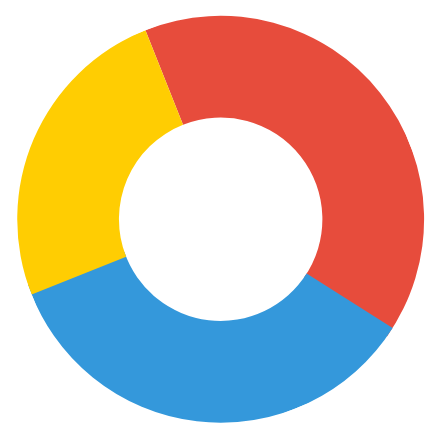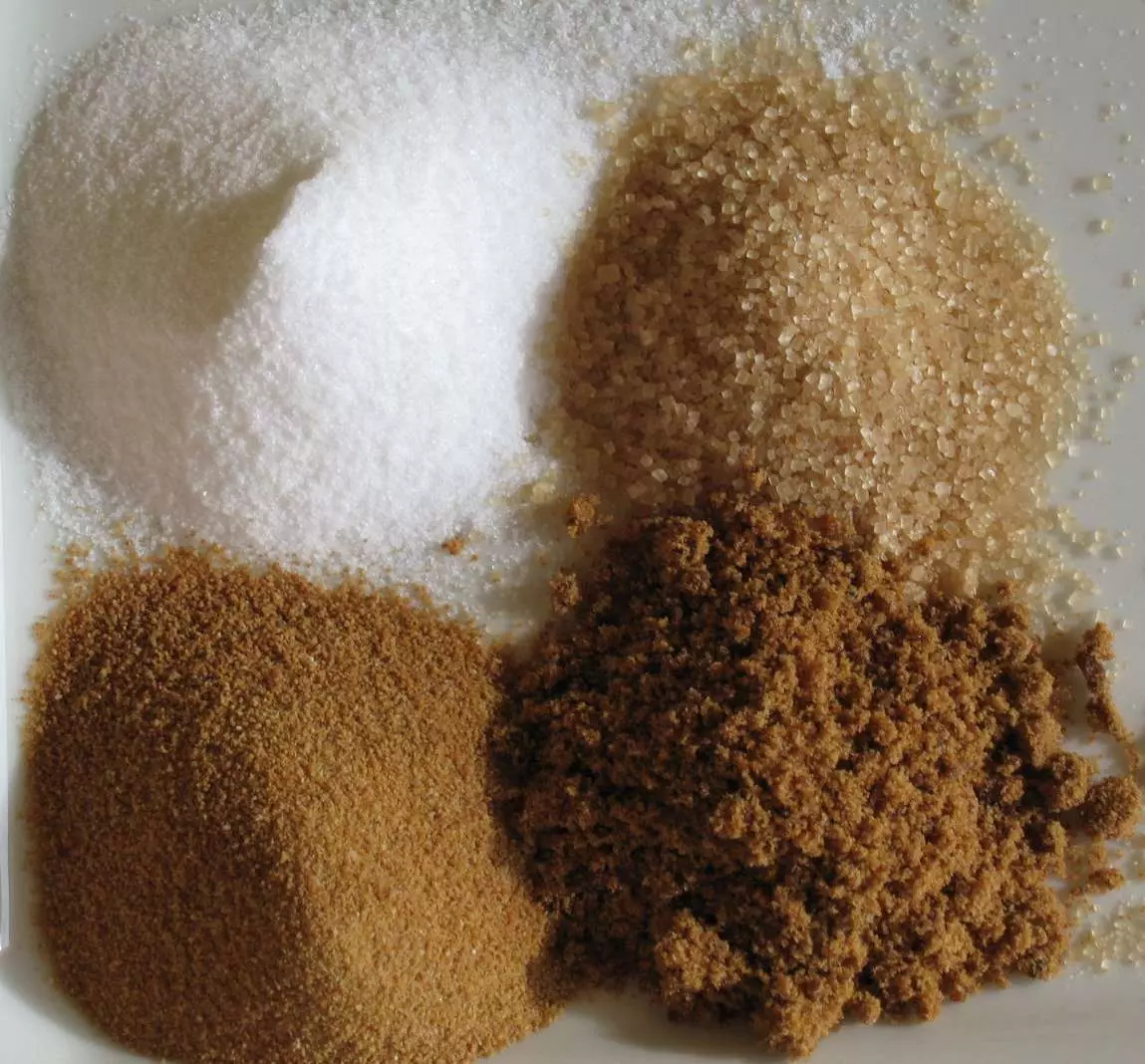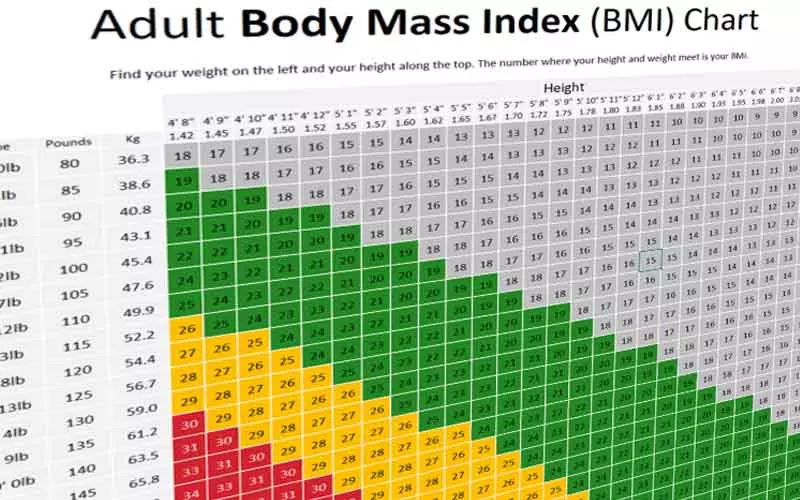The Glycaemic Index is a rating system for foods that contain Carbohydrates. Databases, Tables and Lists are used to find the GI rating for each food and this indicates how quickly each food affects blood sugar (Glucose) levels.
Glycaemic Load provides a different approach by also taking into account the size of the portion. This is often seen as better approach as a single sugar crystal will not have the same affect as a whole spoonful of sugar.
Calculating the Glycaemic Load still requires knowing the GI value and so this also requires referring back to Lists and Tables.
The Glycaemic Signal (GS) provides an indicator of the impact a food will have on the blood sugar (Glucose) levels without the need for Scientises to study the impact and produce tables of results.
The Glycaemic Index is inaccurate by design as the value for each food will vary based on ripeness, cooking methods and processing and the glycaemic response will be different for each person.
Glycaemic Signal is shown using the colour Purple throughout CalorieStar. Find out more about how colours are used on CalorieStar.
| MAU | GS | Cal | Fat | Sat | Car | Sug | Pro | Fib | Sal | |||
|---|---|---|---|---|---|---|---|---|---|---|---|---|
| Hovis Soft Medium Sliced White Bread | 40g |  | 1.5 | 11 | 94 | 0.7 | 0.1 | 18 | 1 | 3.5 | 1.0 | 0.4 |
| Kellogg's Coco Pops Cereal | 85g |  | 5.8 | 49 | 332 | 2.1 | 0.9 | 71 | 26 | 4.7 | 2.6 | 0.7 |
| Asda Bananas | 120g |  | 1.4 | 15 | 103 | 0.1 | 0.1 | 24 | 22 | 1.4 | 1.7 | 0.0 |
| Pukka Vegan Minced Steak & Onion Pie | 210g |  | 12 | 23 | 508 | 29.2 | 13.7 | 51 | 4 | 14.1 | 3.6 | 2.1 |
| Kellogg's Special K Bar Juicy Red Berry | 27g |  | 1.4 | 9 | 105 | 1.7 | 0.6 | 20 | 8 | 1.4 | 2.1 | 0.1 |
| McCain Crispy French Fries | 100g |  | 14.8 | 12 | 772 | 7.0 | 0.8 | 27 | 0 | 2.3 | 2.3 | 0.4 |
What is the Glycaemic Index (GI)?
Carbohydrates or Carbs are found in all sorts of foods including breads, fruits, vegetables and dairy products. When you eat any type of carb, your digestive system breaks the carbohydrates down into simple sugars which then enter your bloodstream.
Glycaemic Index (GI) is a way of measuring the impact of the carbs on your blood sugar levels and is shown as a number between 0 and 100.
A GI of 55 or less is considered Low
A GI of 70 or higher is considered High
When trying to keep maintain good blood sugar levels, foods lower in GI should be chosen of those with a higher score. This is because the lower the GI, the slower the carbohydrates are broken down and enter the blood stream.
What is the Glycaemic Load (GL)?
The Glycaemic Index rates Carbohydrates on how quickly they raise the glucose level in the blood. The Glycaemic Load (GL) takes into account the amount of Carbohydrates in the food and is calculated by multiplying the grams of carbohydrate in a food by the Glycaemic Index for the food and dividing by 100.
GL = GI x carbohydrate / 100
Problems with Glycaemic Index and Load
To find the Glycaemic Index a researcher uses a group of people to measure the effect of eating 50g of a carbohydrate containing food and measuring the blood sugar for the next 2 hours to see how quickly and how much the blood sugar rises.
Problem 1 – Measurements are taken after fasting, so other foods are not accounted for.
Problem 2 – We are all different and each of us metabolise and digest carbohydrates differently.
Problem 3 – Glycaemic Index is based on a 50g serving, which is not realistic. This is something Glycaemic Load tries to address.
Problem 4 – Glycaemic Load uses a multiplier based on the amount of carbohydrate within a food, but the blood glucose measurements are not directly related to the amount of carbohydrates.




